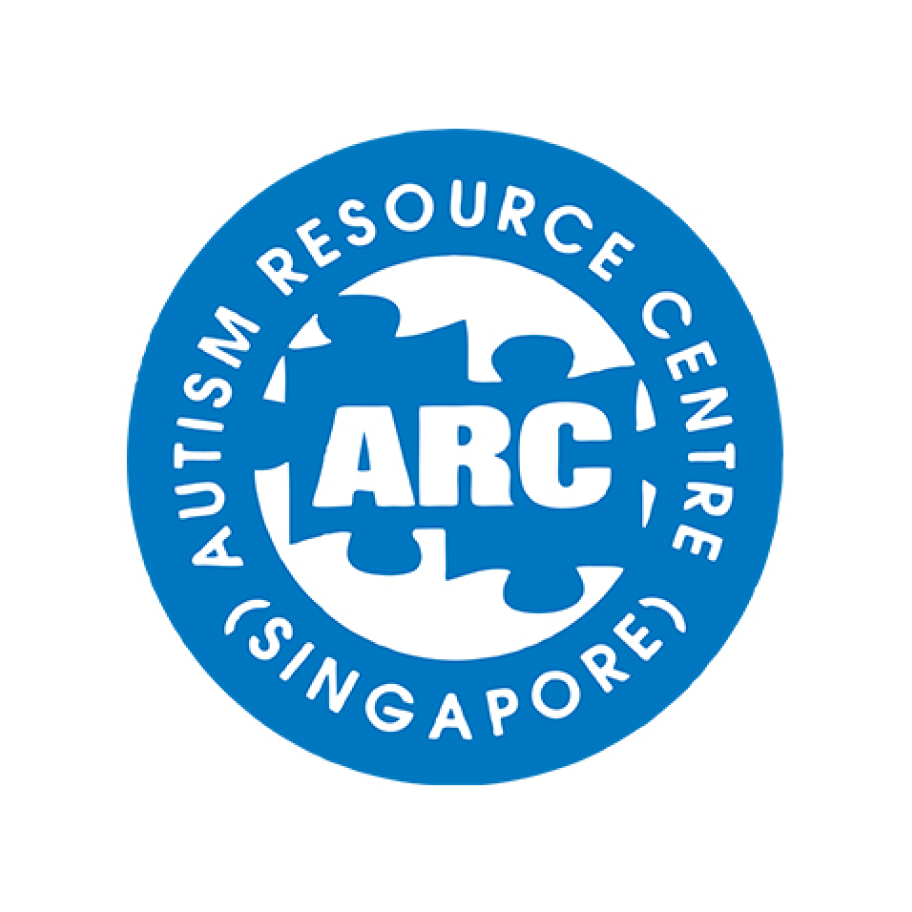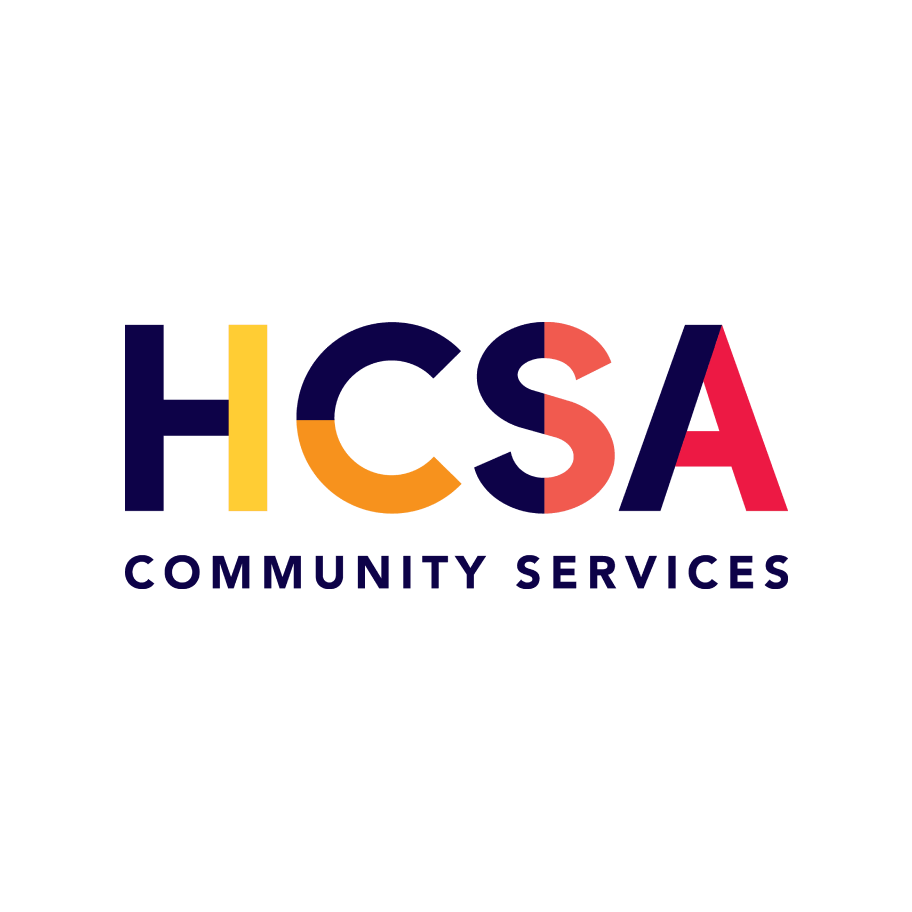
Innovation for
Social Service Agencies
.png)
Client
National Council of Social Service (NCSS)
Date & Duration
July 2022 - Dec 2023 / 1.5 years
My Contributions
Implementation Audit; Project Management; Stakeholder Management; Change Management; Success (KPI) Evaluation; Report; Presentation;
Managed over 19 (out of 77) projects across 14 (out of 66) unique social service agency programs.
Project
Summary

An initiative introduced by NCSS in late 2019. The initiative was launched to ramp up innovative solutions (technologies) for care workers - across social service programs such as Adult Disability Homes, Day Activity Centres, Welfare Homes, Voluntary Children's Homes, Halfway Houses, and Special Education Schools - to enhance their operational efficiency with simpler processes and shorter process time, resulting in higher focus for clients.

OUTLOOK
.jpg)
Ageing population
The significant presence of older workers in the workforce poses challenges for social service agencies (SSAs) operating such programs, as they may face adverse effects when these workers retire or are unable to sustain the physically demanding nature of their roles.
.jpg)
Tighter manpower policy
As foreign labor policies become more restrictive over the past few years, service demands continue to rise. SSAs dependent on foreign workers will encounter heightened difficulties in fulfilling the needs of their clients.
.jpg)
Competition for talent
There has been a decreasing trend in the local workforce in the sector, and competition for manpower has intensified over time. SSAs impacted by this trend have expressed challenges in recruiting appropriate personnel for their programs, largely due to competing with the healthcare sector for staff with similar skill sets.
PROJECT TIMELINE
STAGE 1:
PRE-IMPLEMENTATION

Upon embarking on various projects across multiple social service agencies, each at different stages of progress and timelines, understanding the challenges and implemented solutions within each SSA becomes imperative. However, upon onboarding the project, most SSAs were already in the process of acquiring solutions from their respective solution providers (vendors).
We conducted on-site research, encompassing needs analysis through process mapping and estimation of potential manpower savings resulting from the to-be-implemented solutions that the SSA initially applied. As the project advances, the assessments and estimations conducted will undergo reevaluation upon the implementation of the solutions.

We've had several consultant changes throughout the project, but I am glad the handover went smoothly. I'm grateful that Farhan could pick us up immediately and advise us accordingly as if he had been here from the start. Thank you for helping us with the project/change management.
Sitti Maryam | IT Specialist, Autism Resource Centre

Types of solutions:
The majority, if not all, of the SSAs encounter the challenge of high turnover rates. Despite initial efforts to identify key project team members and change agents, the frequent turnover and associated numbers can significantly disrupt the momentum and progress of implementing the solution.
Challenge #1
High turnover impacting progress
The initial recommendation for the SSA was to designate more than one key user (staff) and to maintain a minimum of two users at all times for each technology. This approach aimed to mitigate potential knowledge gaps in technology usage, which could otherwise lead to additional training costs or, at worst, non-utilisation of the technology. However, some SSAs were severely understaffed at the time hence, it was not easy to appoint multiple key users. Consequently, we had to extend the project timeline to allow the SSA to recruit adequate manpower before proceeding with technology implementation.
My approach
More than one key users per technology
In the second stage, the social service agencies (SSAs) are expected to liaise directly with their solution providers (vendors) and form their respective project teams.
Our role during this stage is to ensure:
-
Both parties are adhering to the implementation timeline established by the vendor and the initiative timeline by NCSS.
-
The solution is tailored to meet the specific needs of the SSA.
-
The solution is designed to streamline processes and reduce workload for the SSA's workers.
-
Staff and/or clients of the SSAs can effectively utilise and derive benefits from the solutions by ensuring adequate resources and training are provided.

The consultants put in the effort to get to know the organisation, the services, and the operational needs. The consultants were responsive and adaptive to change management issues as we implemented the technologies. Kudos to Farhan who got up to speed pretty quickly.
Yeo Bee Lian | Head of Home, Trybe (Singapore Boys' Hostel)

Prior to implementing the solutions within the SSA, we developed a comprehensive project and change management plan that guided us throughout the project's duration.
This plan comprised of several documents:
-
A detailed project timeline, outlining key milestones and the duration of each activity.
-
A communications and engagement plan, delineating key activities such as meetings and training sessions, as well as the stakeholders involved.
-
An impact assessment documenting the anticipated changes before and after implementation, along with the stakeholders affected by these changes.
-
A change readiness assessment, conducted through surveys before the full implementation of solutions, aimed at gauging the readiness of users (staff) for the impending changes.
%20(15).png)
From our learnings mentioned above, it became evident to us that majority of our users fall between the "Awareness" & "Consideration" phases of the customer funnel - the marketing term that shows the potential customer's journey toward the purchase of a good or service. With this model in mind, we also take into consideration the other phases as well to ensure the sustainability of the microsite.
"Awareness" :
The initial stage whereby the customer / user finds the brand, product or service appealing. This is the start to making them receptive to future interactions.
"Consideration" :
Users are in careful thought, whether or not to proceed with the brand, product or service in comparison with other providers / competitors.

CHALLENGES & APPROACHES
Challenge #2
Commitment to change
In certain SSAs, the issue of insufficient manpower leads to staff members taking on multiple roles, including project team members who we noticed were not fully dedicated to the project. Conversely, SSAs with adequate staffing may encounter a different issue: the tech proficiency of staff correlates with their age group. Notably, SSAs with an older age demographic tend to exhibit lower levels of tech proficiency which may lead to reluctance to change.
My approach
Try and fail early
To address this challenge, we implemented several strategies. Initially, we enabled staff to trial the solution (test product) and collect their feedback. We recommended to the solution provider to implement the technology gradually in phases, preventing information overload for the staff during adoption. Additionally, we urged the staff not to fear making mistakes, while also imposing firm deadlines to prevent complacency. Once we observed readiness for change among staff, we conducted change readiness assessments to identify those needing additional guidance.
We noticed that certain solution providers (vendors) were not delivering their optimal service to the SSAs. Many vendors failed to conduct a comprehensive review of the SSA's requirements. During the project scoping phase, SSAs were frequently misled by vendors who over-promised their capabilities which were uncovered later during development. Additionally, some vendors lacked the necessary skills or expertise to suggest alternative solutions to the SSAs when faced with obstacles due to limitations in the solution's capabilities. Lastly, certain vendors tended to cut corners by neglecting certain project activities to expedite project closure.
Challenge #3
Service quality
Having foreseen this to happen, as it could for any other project, multiple attempts were undertaken to intervene. Depending on the project's severity, meetings were arranged with all parties (SSA and vendor), and action points were established for subsequent follow-up(s). However, a fraction of the vendors failed to meet our expectations, which necessitates escalating the matter to NCSS.
My approach
Intervention
STAGE 3:
POST-IMPLEMENTATION
What was achieved across all projects:
57%
average man-hour savings
1,800 h
average man-hours saved per year
2 years
average return of investments for all SSAs

Farhan has been integral to Pertapis' transformation as we embark on our technology innovation journey. He has been nothing short of providing excellent support and his knowledge of the business is superb.
Haled Harip | Head of Operations, Pertapis Halfway House
REFLECTION
-
Prior research and needs analysis should precede the SSA's application specifying their intended solution. This preemptive measure helps avoid fixating on perceived "problems" raised by the SSA, which may not necessarily align with genuine "needs" but rather with "wants". During my assessments, I noted instances of staff resistance or lack of commitment to certain solutions, prompting questions about the thoroughness of the needs analysis conducted post-application.
-
Solution providers ought to be held to a higher level of accountability. Some vendors view such initiatives solely as revenue-generating opportunities without adequately considering the desired outcomes of the SSA.
-
Each SSA should appoint additional manpower with requisite skills to effectively manage and facilitate projects.

Among the 19 projects overseen, one fell short of meeting the KPI requirements, encompassing productivity gains (minimum 30%), return on investment (within 3.5 years), and user satisfaction (more than 80% satisfaction). This outcome was anticipated upon assuming responsibility for the project, given the vendor's inadequate service and product delivery to the SSA. Despite concerted efforts and interventions from both our team and NCSS, the vendor's improvements failed to align with the project's specifications. Moreover, the vendor encountered challenges in sustaining their project team, resulting in frequent personnel changes that led to project delays, knowledge gaps, and insufficient handover processes.


The team helped HCSA stay on course and made progress in HCSA's massively complex CRM 2.0 program through timely check-ins, follow-ups, and consultations.
Colin Liaw | Director, HCSA Community Services
GOING FORWARD
Future opportunities
-
The questionnaire could be further developed with more extensive research to determine more accurate allocations for the users to determine the stages of career development they should focus on.
-
We proposed to Doerscircle how the microsite could be integrated into the main site and existing CRM to avoid confusion for users to navigate two different sites at the same time integrating the proposed microsite into the existing user's portal (from the main site).
-
As this is a concept design, Doerscircle could still adopt the designed solutions into their main website.
Check out
my other works
MCCY
Bringing community and organisations together through arts, sports and community involvement.

Coming Soon
ActionCity
Taking a physical in-store experience into a digital platform.

















_gif.gif)